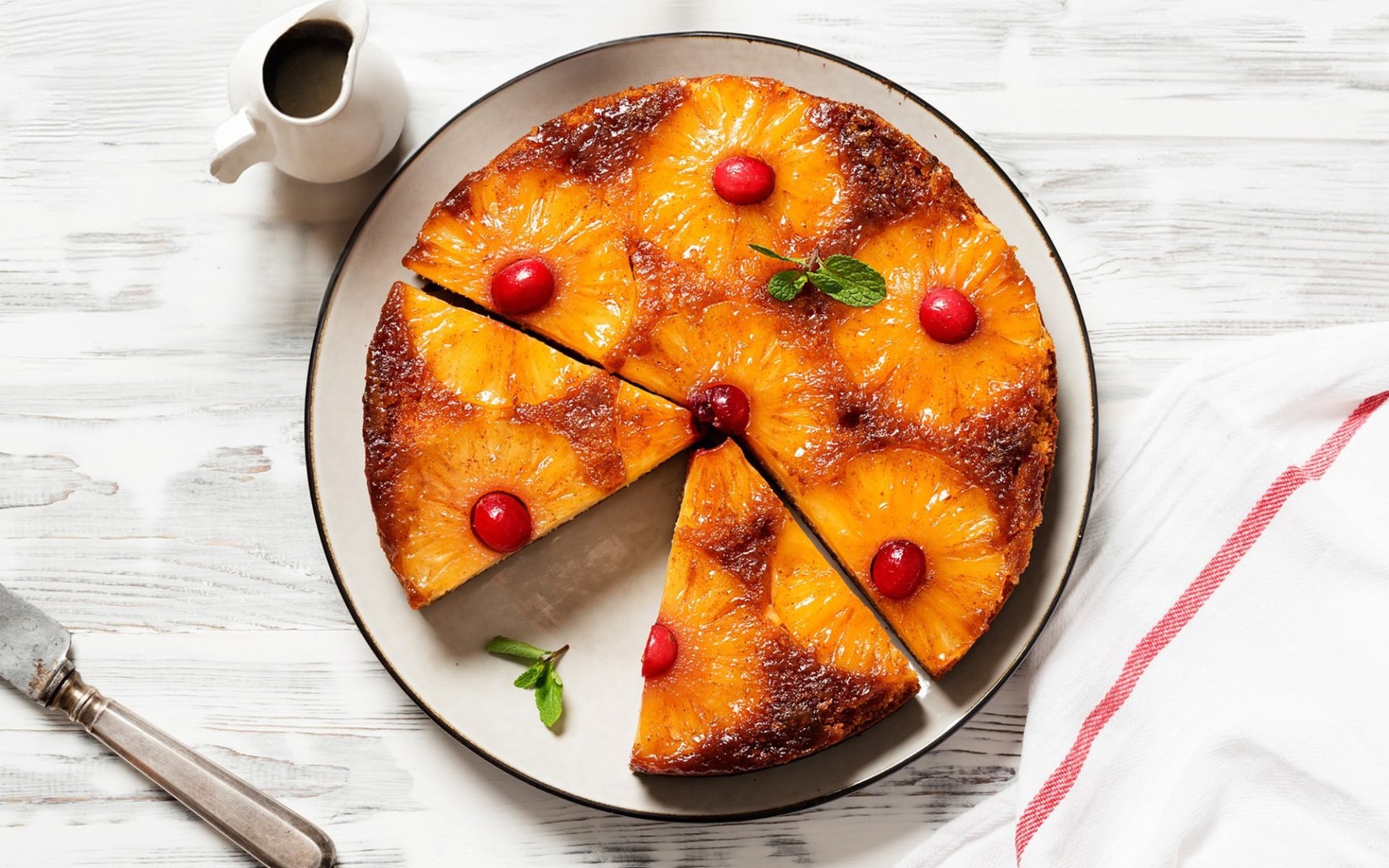Pineapple Upside Down Cake

Pineapple Upside Down Cake is a long-standing popular dessert in the United States. It's believed that this sweet dish was inspired by Tarte Tatin, the famous French upside-down apple pie that gained prominence in the 19th century. Today, Rimping Supermarket will take you on a journey to explore the delicious history of this intriguing cake.
Origin: From Marketing Campaign to Popular Dessert
The origin of Pineapple Upside Down Cake emerged in the 20th century from a clever marketing campaign by Dole Food Company, a major global pineapple distributor. At that time, the company aimed to boost the consumption of canned pineapples. They advertised and invited people to participate in a cooking contest using canned pineapples as the main ingredient. It was this Pineapple Upside Down Cake recipe that won the competition, leading to its widespread popularity in households across the United States and booming sales of canned pineapples.
Distinctive Features and Deliciousness
Pineapple Upside Down Cake features a soft cake base, topped with round pineapple slices arranged in a layer at the bottom of the cake pan. Maraschino cherries or nuts are then placed in the center of the pineapple rings. This arrangement is then drizzled with syrup or caramel. Before serving, the cake is flipped over, revealing the appetizing golden-caramelized pineapple layer on top. It's commonly enjoyed with tea, coffee, ice cream, and whipped cream to enhance its delightful taste.
Popularity and Adaptations
In the 1950s, Pineapple Upside Down Cake gained even wider popularity due to its simplicity, ease of preparation, and affordability. Additionally, various recipes emerged, allowing for the substitution of other fruits like peaches, cherries, bananas, pears, and more, instead of pineapple. This made the cake a staple at social gatherings and special occasions, an indispensable dessert in many households.
In the present day, Pineapple Upside Down Cake has become a globally popular dessert, often appearing in movies, television shows, and numerous cookbooks. Different regions have adapted new recipes to suit local ingredients and tastes. For example, in Brazil, it's called Bolo de Abacaxi (BOH-loh de ah-bah-kah-SHEE) and commonly uses coconut as a main ingredient to add a richer, creamier flavor.


